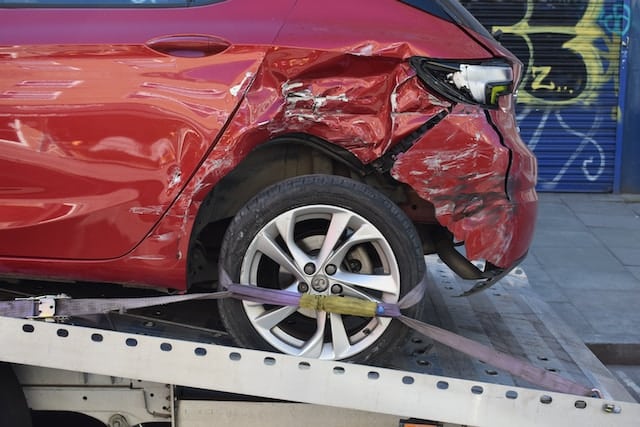The Ultimate Guide to Dent Removal Techniques
 Dent removal is a crucial skill in maintaining a vehicle’s aesthetic and structural integrity. Different types of dents require unique approaches. For example, small dings from hail damage differ significantly from large depressions caused by collisions. Each type demands specific tools and techniques for effective repair.
Dent removal is a crucial skill in maintaining a vehicle’s aesthetic and structural integrity. Different types of dents require unique approaches. For example, small dings from hail damage differ significantly from large depressions caused by collisions. Each type demands specific tools and techniques for effective repair.
Tools of the Trade
A variety of tools are essential for dent removal. Commonly used items include body hammers, dollies, and suction cup pullers. Advanced tools like paintless dent removal (PDR) kits are also popular. These kits allow technicians to fix dents without damaging the paint, preserving the car’s original finish.
Paintless Dent Removal (PDR)
PDR stands for a revolutionary method in the autobody repair industry. It involves accessing the backside of a dent and gently pushing it back into place. This technique requires patience and skill, as it demands precise manipulation of the metal to restore its original shape.
Traditional Dent Repair
When PDR is not feasible, traditional methods come into play. These often involve sanding down the affected area, using body filler, and then repainting. Although more time-consuming and potentially costly, this approach is necessary for severe damages, especially when paint has been compromised.
DIY vs. Professional Repair
Many car owners contemplate whether to undertake dent repairs themselves or seek professional help. DIY kits are available, but they require a steady hand and a good understanding of car bodywork. For complex or large dents, professional services are recommended to ensure high-quality results.
Techniques for Small Dents
For small dents, such as those from door dings or hail, DIY methods can be effective. Using a plunger or a specialized suction tool, one can often pop out minor dents without much hassle. However, care must be taken not to exacerbate the damage.
Handling Large Dents
Large dents, resulting from accidents or heavy impacts, pose a greater challenge. They often require the use of a body hammer and dolly to reshape the metal. In some cases, the application of body filler is necessary to achieve a smooth surface before repainting.
Safety Considerations
Safety is paramount when performing dent removal. Always wear protective gear, including gloves and eye protection. Be mindful of sharp metal edges and the potential for flying debris, especially when using power tools.
Conclusion
Dent removal is a delicate art that requires a combination of the right tools, techniques, and knowledge. Whether opting for DIY methods or professional services, understanding the basics of dent repair is beneficial for any car owner. Regular maintenance and prompt attention to dents can keep a vehicle looking its best and preserve its value over time.
